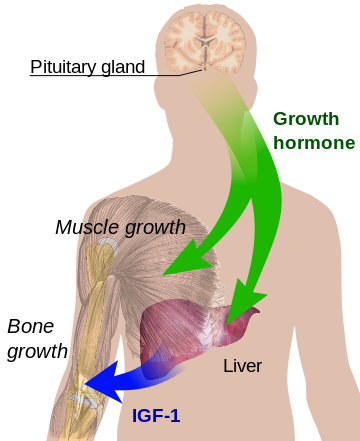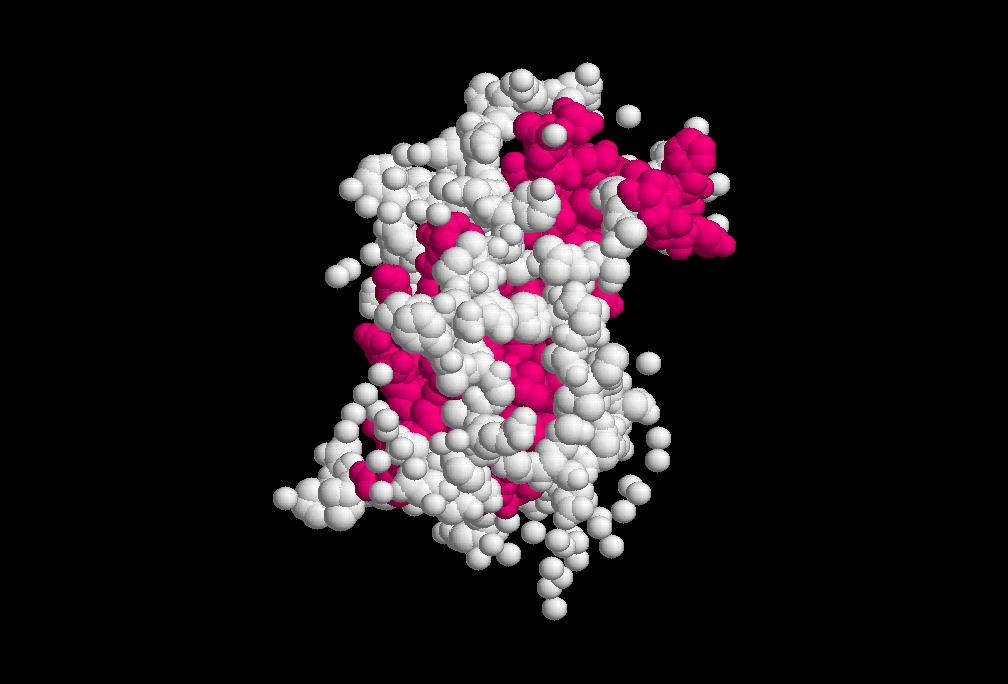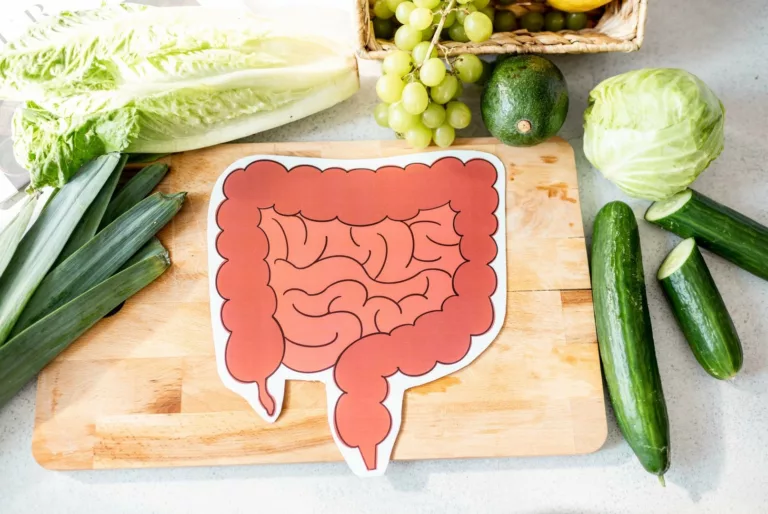- What does a lack of growth hormone mean?
- Children’s signs of growth hormone deficit
- Adults’ signs of low human growth hormone
People either have low statures or appear undeveloped with fat bodies; they do not look their age. These diseases are referred to as partial or total growth hormone deficiency in affected individuals.
To prevent growth hormone deficit in their offspring, women might follow prescriptive nutrition regimens during pregnancy and methods to increase human growth hormone.
Growth hormone deficiency (GHD), often known as dwarfism or pituitary dwarfism, is an uncommon disease brought on by the body’s anterior pituitary gland secreting inadequate amounts of growth hormone. It could be caused by a severe brain deficit, a pituitary gland absence at birth, or hereditary flaws.
Congenital growth hormone deficiency, often known as GHD, is a condition that manifests at birth, whereas acquired growth hormone deficiency develops later in life.
Low levels of other hormones, including growth hormones, are frequently linked to GHD, including:
- Adrenocorticotrophic hormone: regulates the adrenal gland and hormones that are associated to it.
- Gonadotropins are in charge of regulating the synthesis of both male and female hormones.
- Thyrotropins: in charge of regulating thyroid hormone synthesis
- Vasopressin: regulates the body’s production of water

Both in adults and children, the human growth hormone is crucial for healthy muscular movements and the healing from injuries. Compared to those in children, the signs of low human growth hormone in adults are described differently. However, the degree of the growth hormone synthesis deficiency in the pituitary gland affects both of them.
Children’s Growth Hormone Deficiency symptoms
Children that lack enough growth hormone typically have anomalies in particular gene clusters.
While childhood-onset GH insufficiency is detected in around 1 in every 3,800 newborns, low HGH is more common in children than in adults.
The following are signs of inadequate growth hormone in children:
- Newborns with abnormally low blood sugar
- Slow nail growth;
- Small penis in male newborns;
- Slow bone development
The most obvious sign when a child’s growth hormone levels are low or inadequate is a sluggish pace of growth.These are visible in the first six to twelve months after birth.The sluggish growth of long bones, such as those of the arm and thigh, as well as the failure of the skull’s fontanels to shut, can all be signs of an extremely slow growth rate.
These kids probably have a voice that is particularly high and have a lot of belly fat.
In addition to this, compared to kids without GHD, they frequently have thin hair and a yellowish tinge to their skin tone.
Adults’ Signs of Growth Hormone Deficiency
This is often referred to as acquired GHD (Growth Hormone Deficiency) and is frequently brought on by tumors in the pituitary gland, radiation treatment, infections, autoimmune illnesses, or inflammation.
Adults who have low Human Growth Hormone may have the following signs and symptoms:
- An unanticipated drop in body mass
- Tiredness
- Lack of energy
- Limited capacity for exercise endurance
- Lessened bone strength and density
- Enhanced feeling of heat and cold
- Loss of mental balance
- Refusing social interaction
- More waist-area fat deposition
- Dry skin
Growth Hormone is essential for a proper physiology of the muscles in adulthood. One of the most noticeable indications of too little growth hormone in adults is a larger level of body fat, especially around the waist. Human cholesterol levels and bone density are affected by a change in the ratio of low-density to high-density lipo-proteins.
Human Growth Hormone (HGH) is essential for healthy brain function, hence adult symptoms of low HGH lead to a reduction in brain activity. This typically results in feelings of ongoing isolation and loneliness, diminished sexual function and interest, anxiety, and depression.
Muscle weakness, weariness, a lack of lean body mass, and poor overall endurance are all signs of having too little or no growth hormone. Reduced bone density and a propensity for frequent fractures, indicated by osteoporosis, are further symptoms of GHD in adults.
Due to elevated triglyceride levels in the blood, blood test results can reveal changes in the composition of blood cholesterol. The body is more sensitive to temperature fluctuations as a result of all of these variables.
Diagnosis
The initial steps in diagnosis include a physical examination, measuring of height, weight, arms, and leg lengths, along with a comprehensive review of medical history.
Blood tests are used to assess the body’s levels of growth hormone and other hormones.
By identifying anomalies of the hypothalamus or pituitary glands, imaging procedures like head X-rays and MRIs may be useful in identifying the underlying condition causing GHD.
Treatment
Synthetic growth hormone may be used to treat some cases of GHD when a pediatric endocrinologist is in charge.
Synthetic growth hormone can be provided in addition to other hormones if there are other hormone shortages.
Read also
>>> 5 Natural Ways To Increase Human Growth Hormone (HGH)
>>>Check how Growth Hormone supplements can help in this article: HGH Supplements: Benefits, and Side Effects You Can’t Ignore
References:
Wikipedia : https://en.wikipedia.org/wiki/Growth_hormone
Medical disclaimer click here







